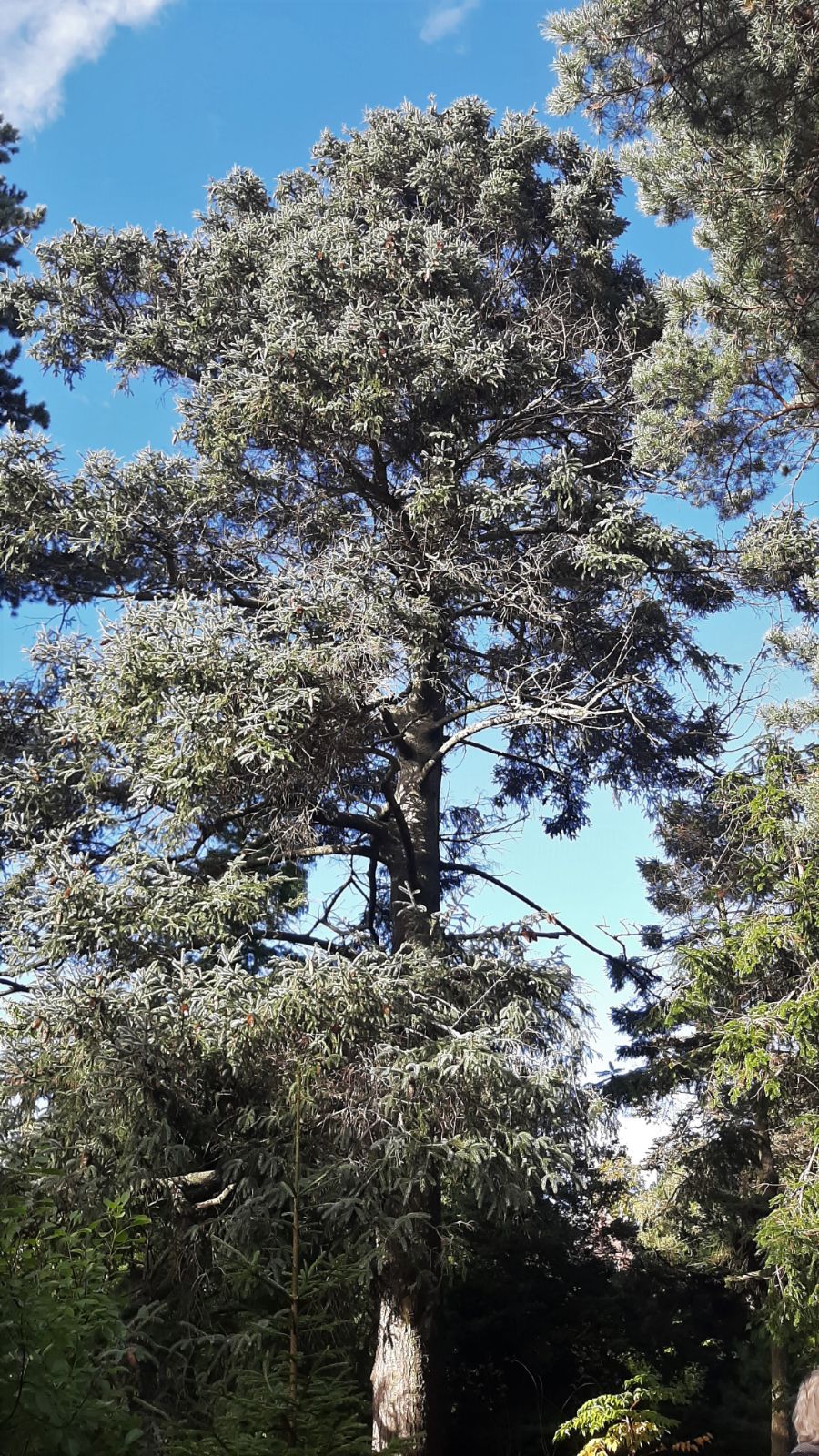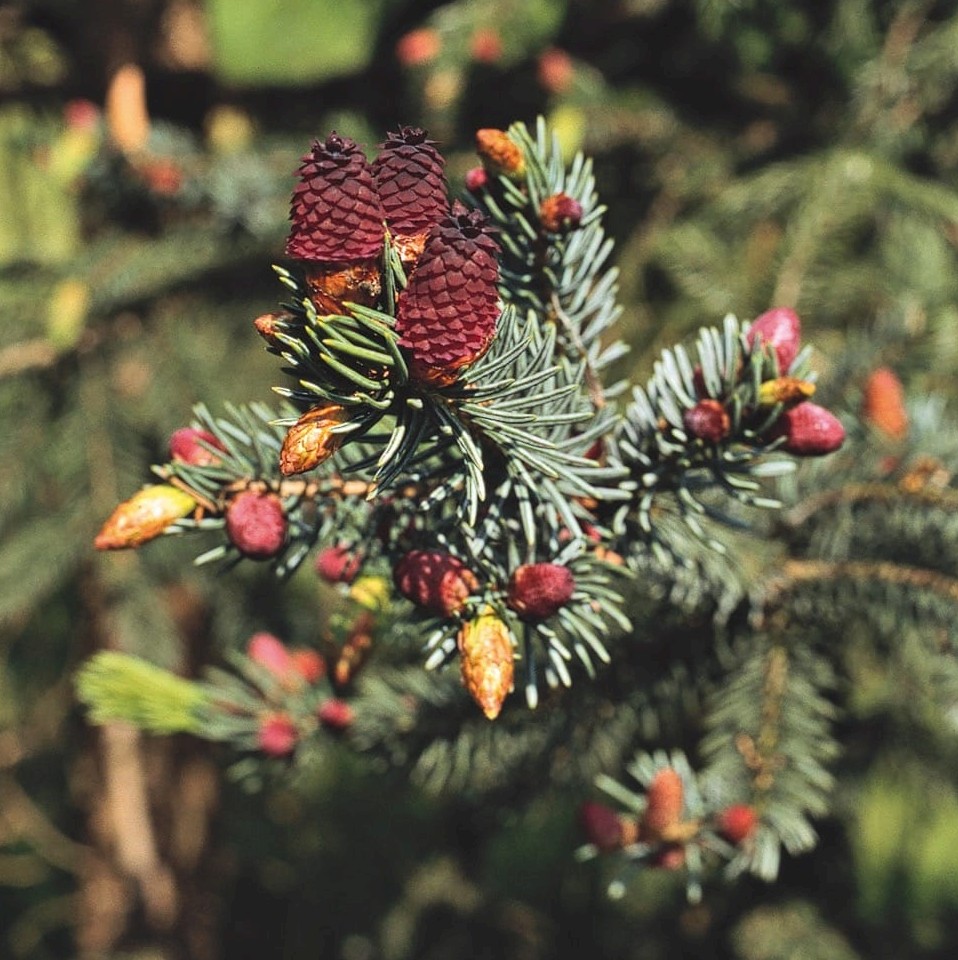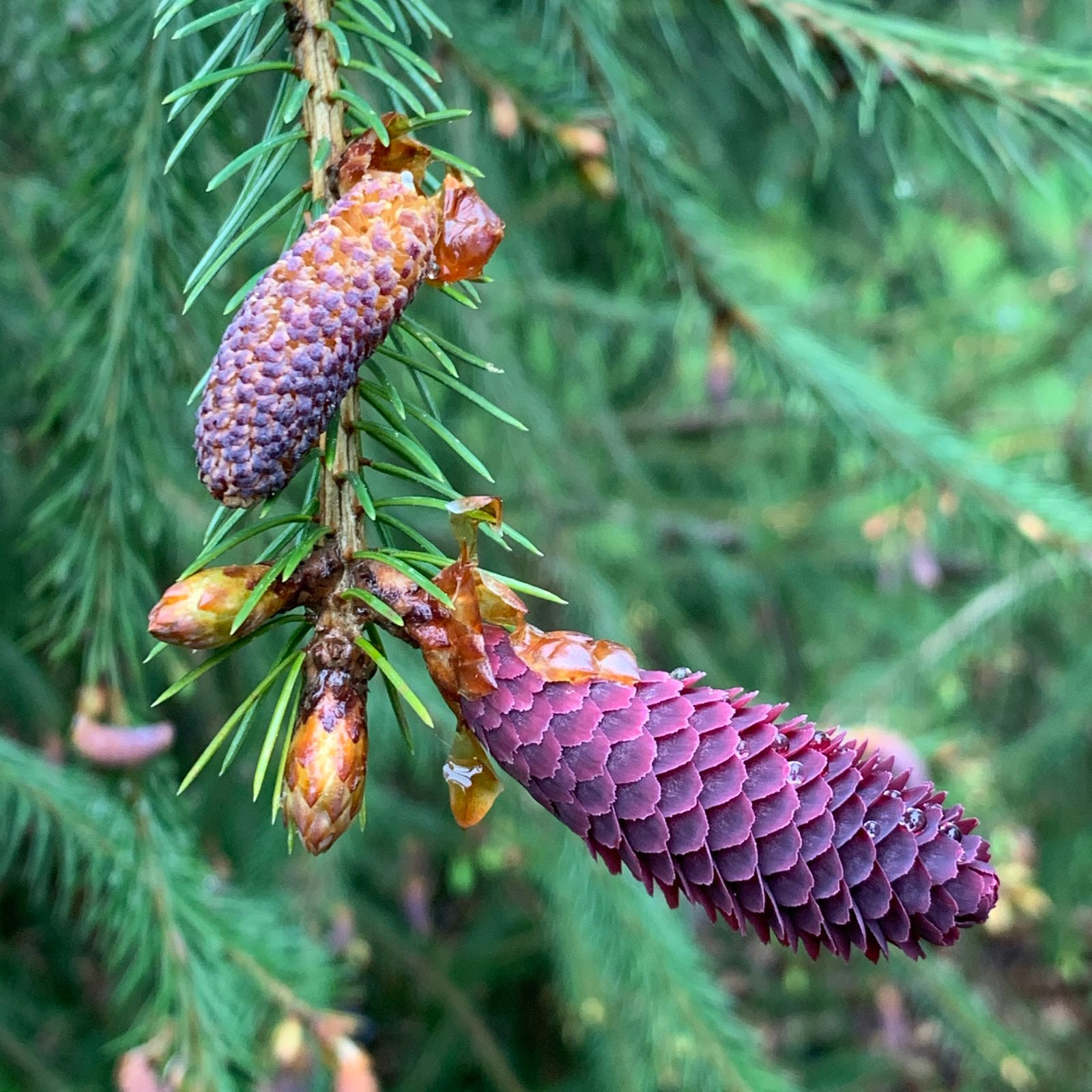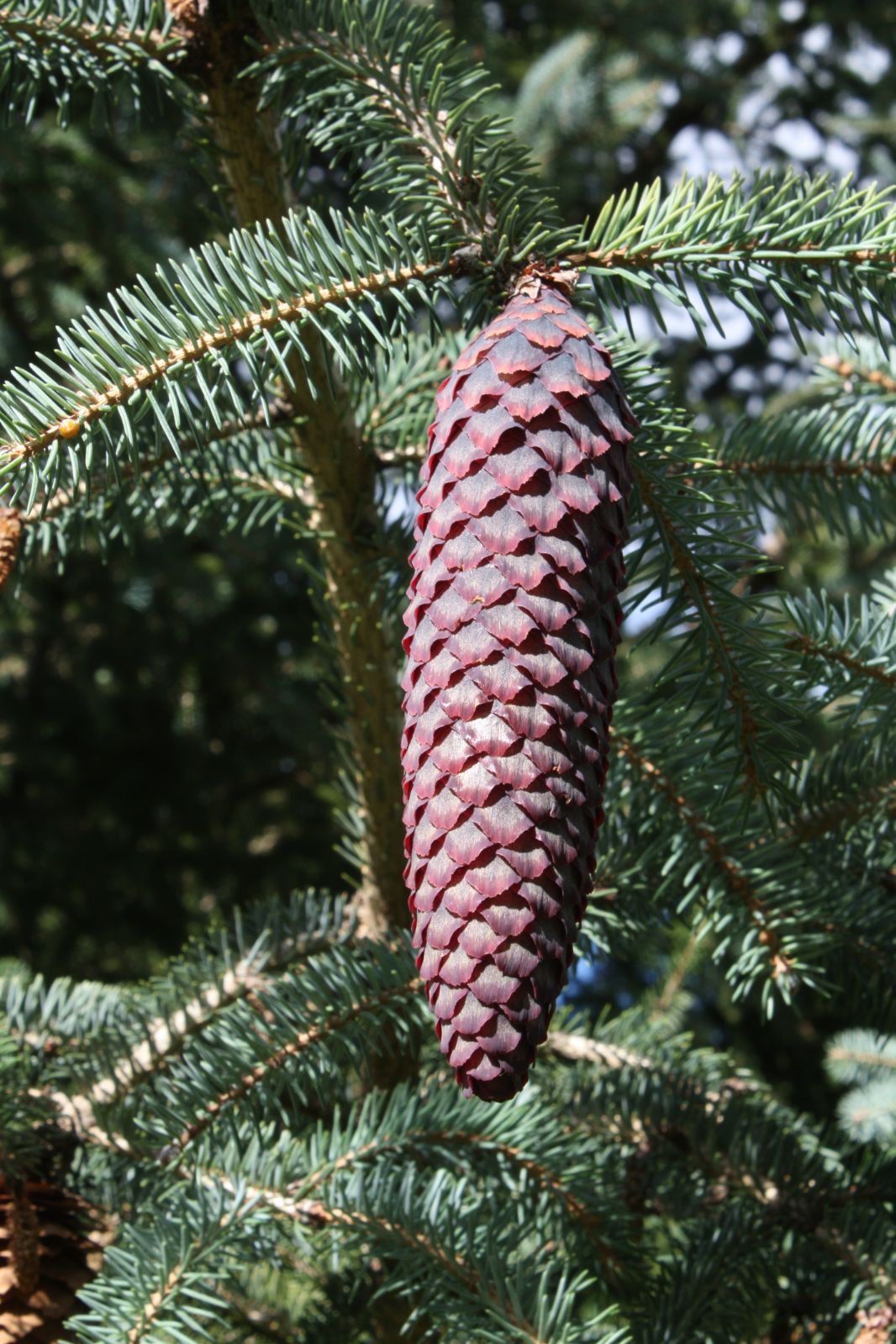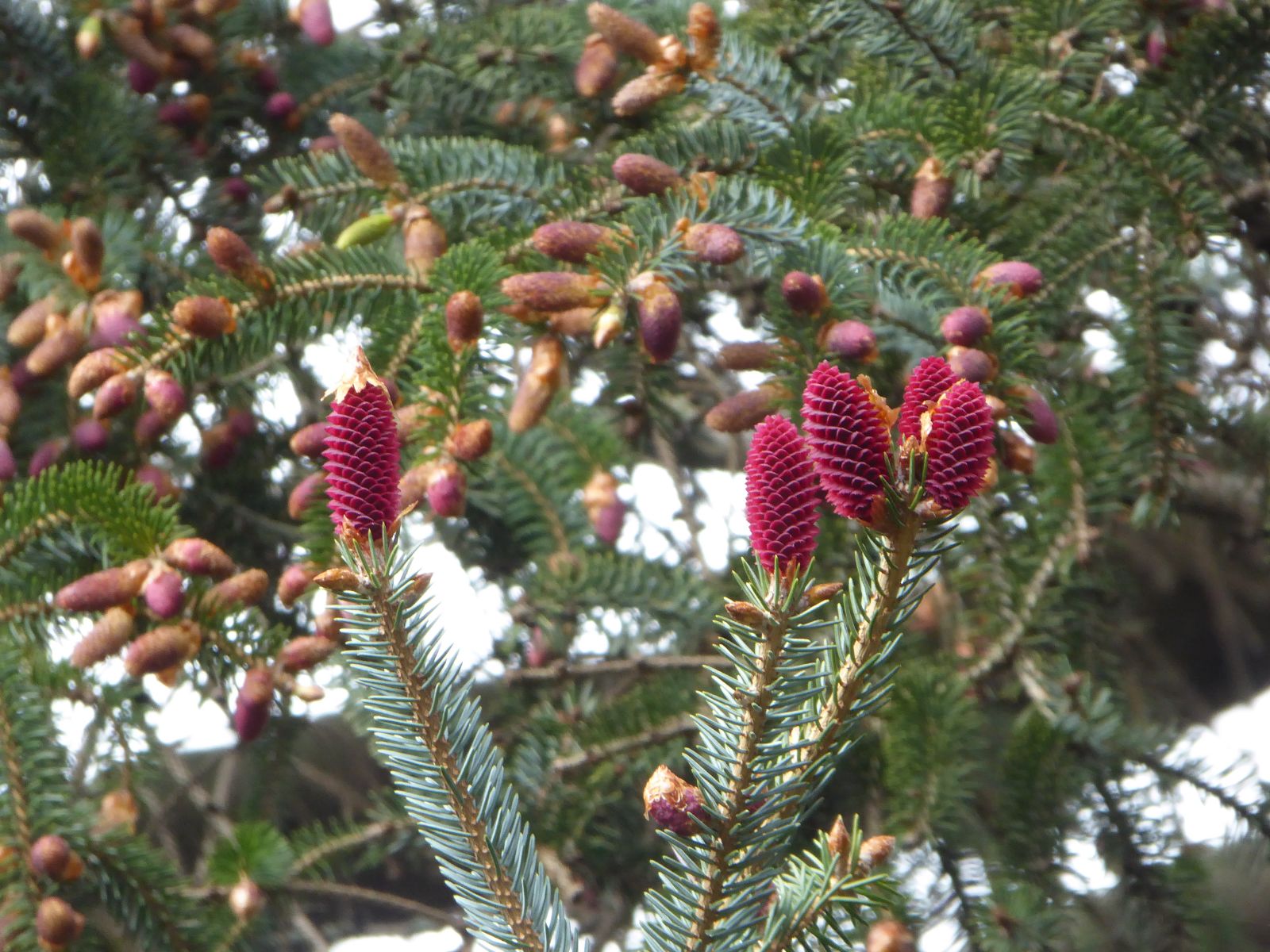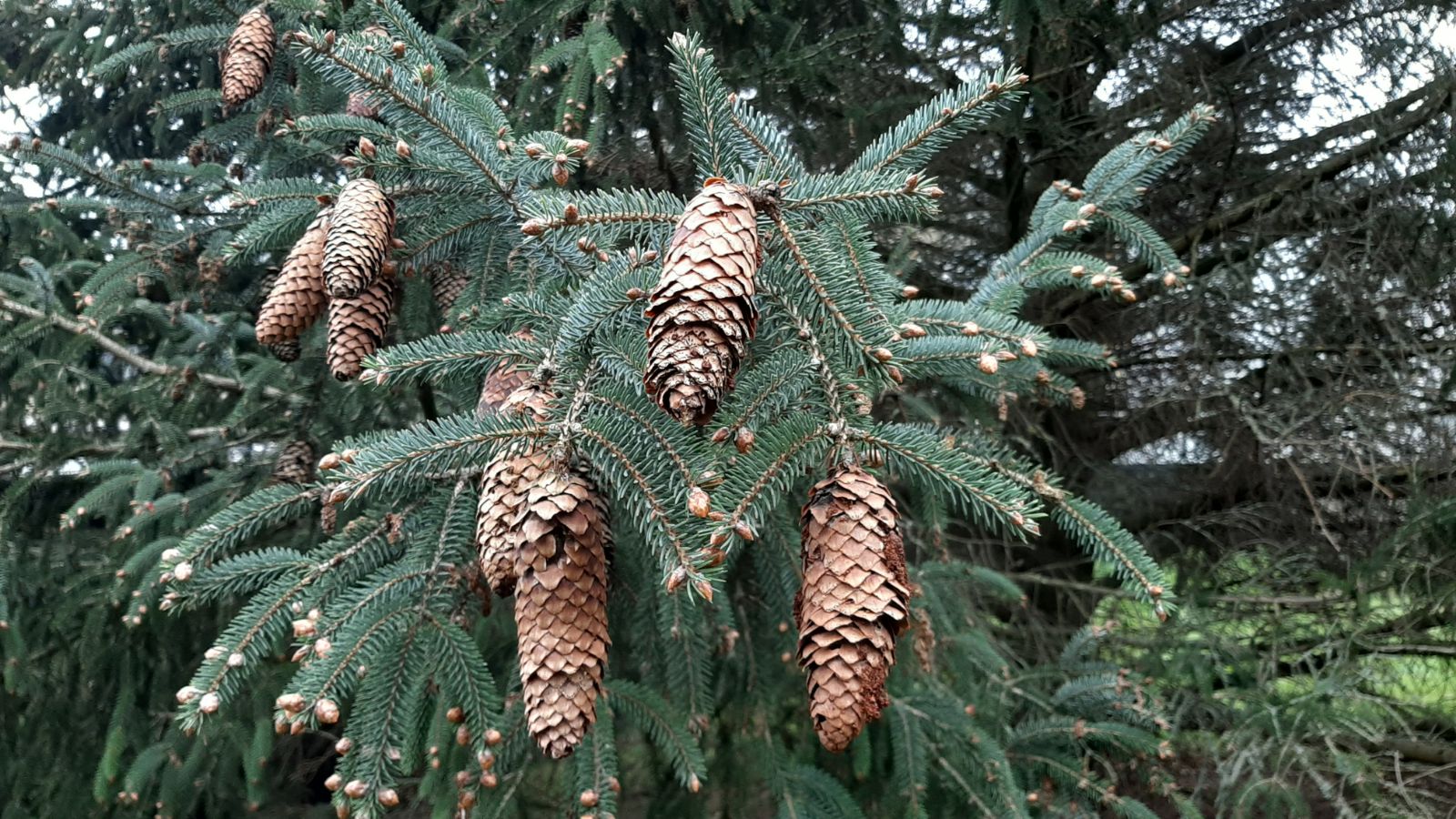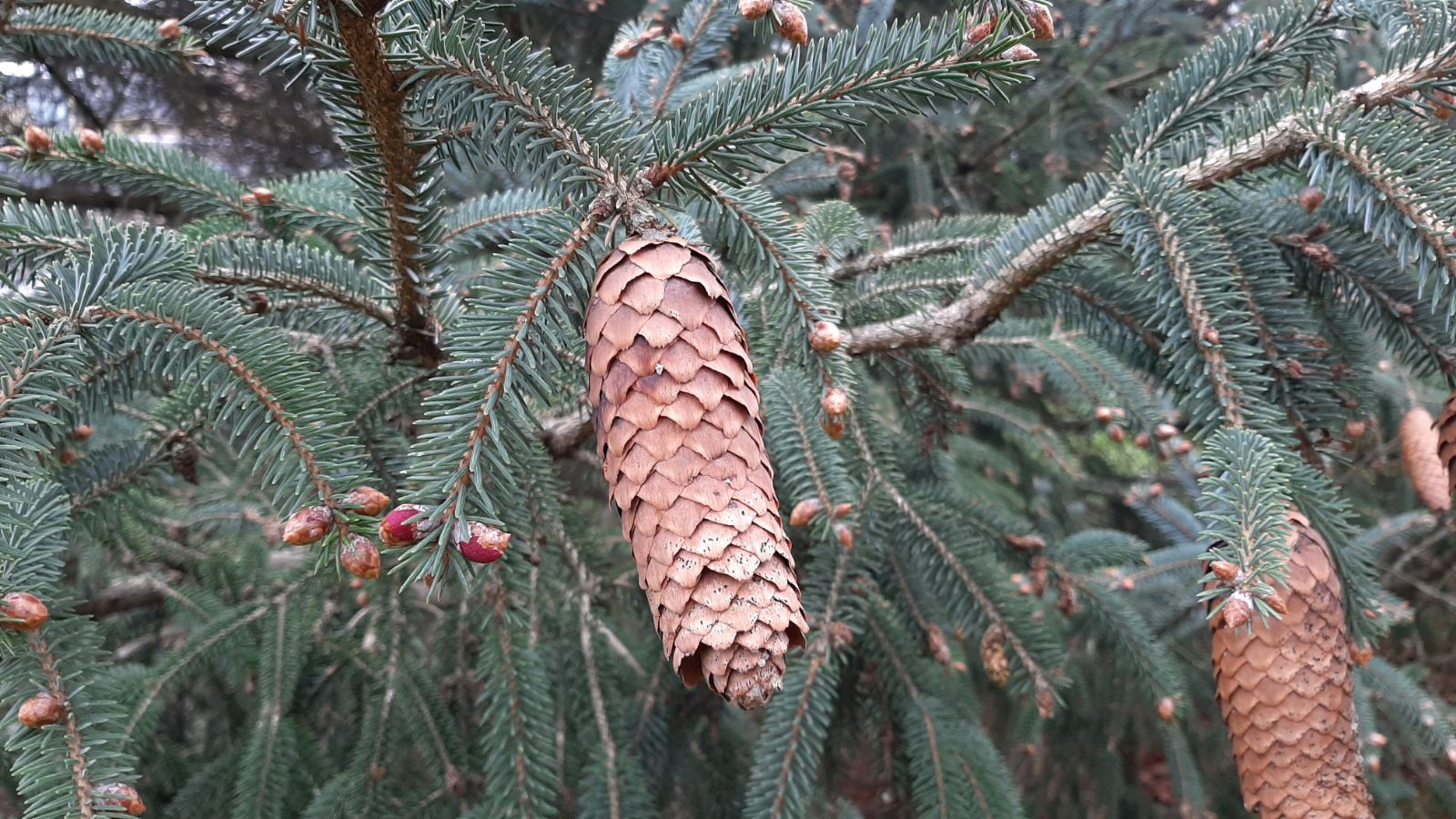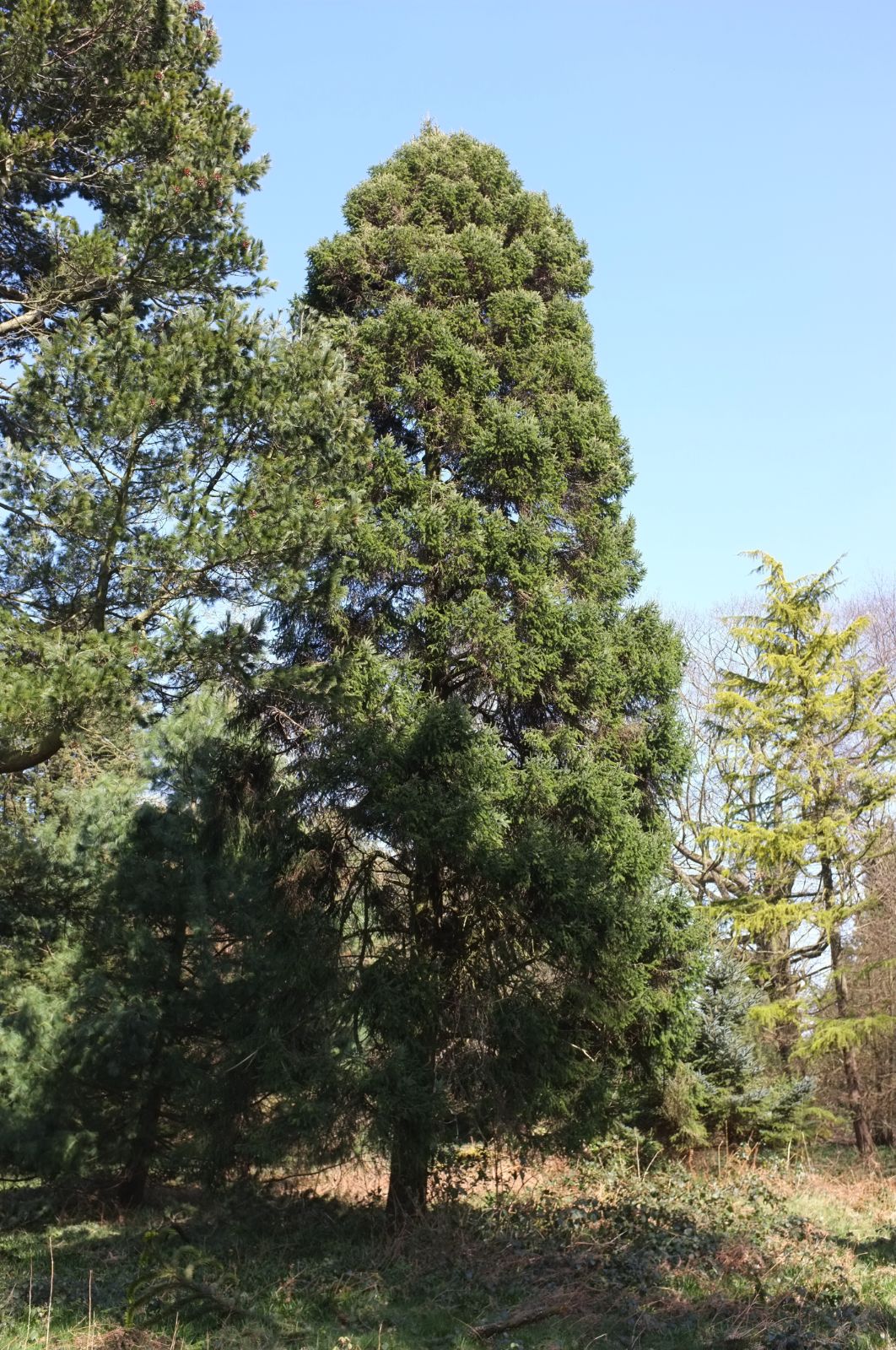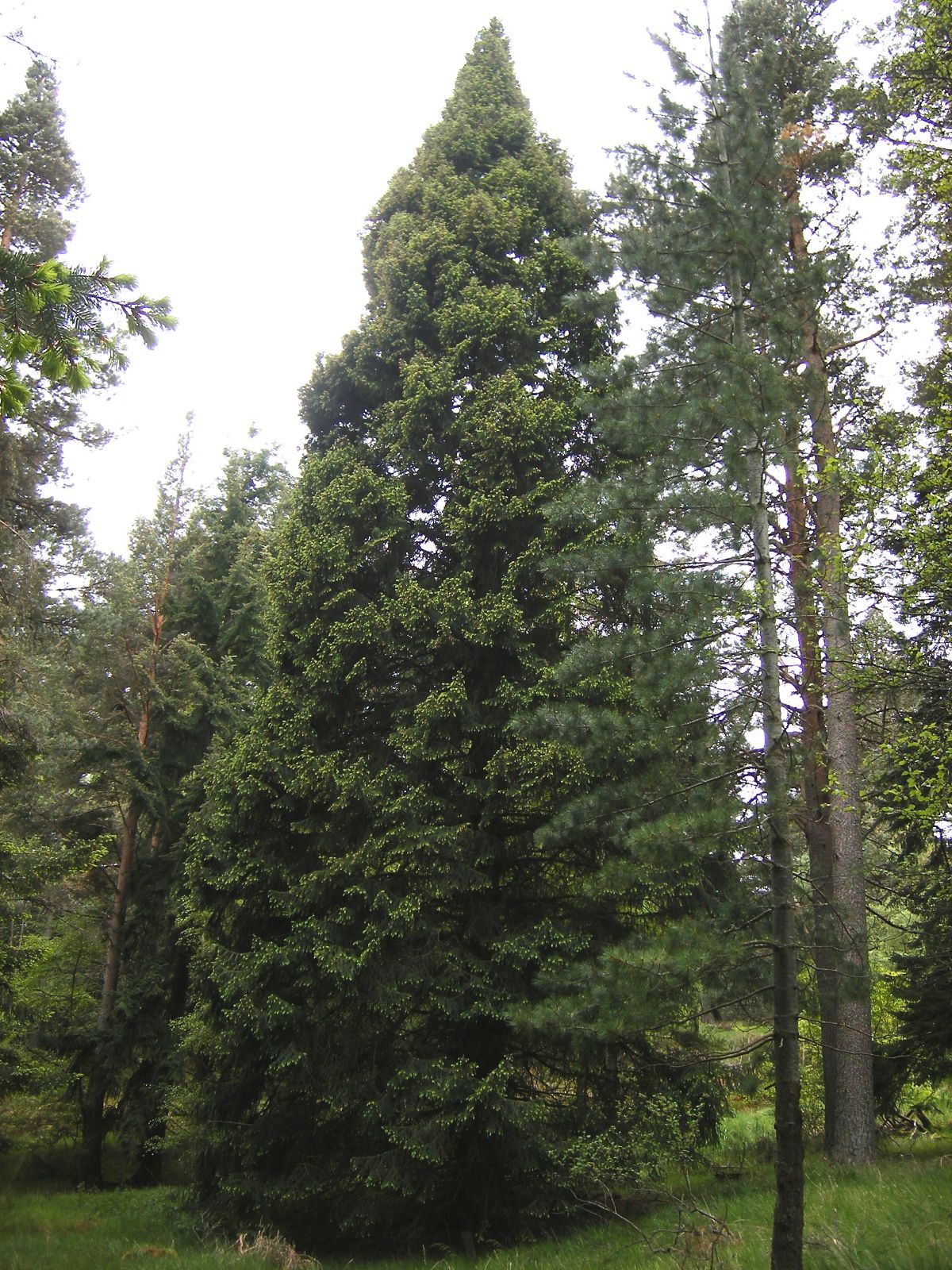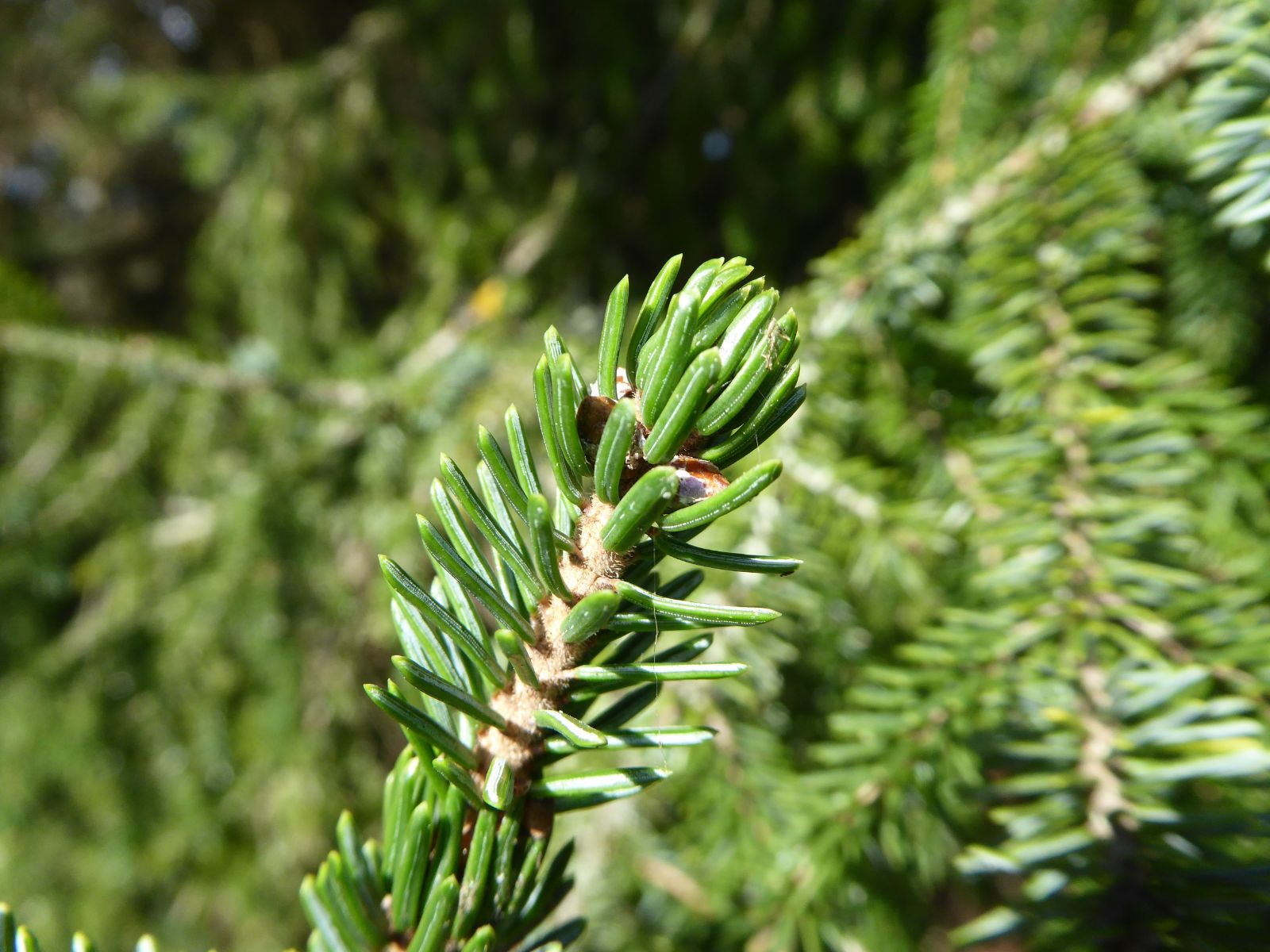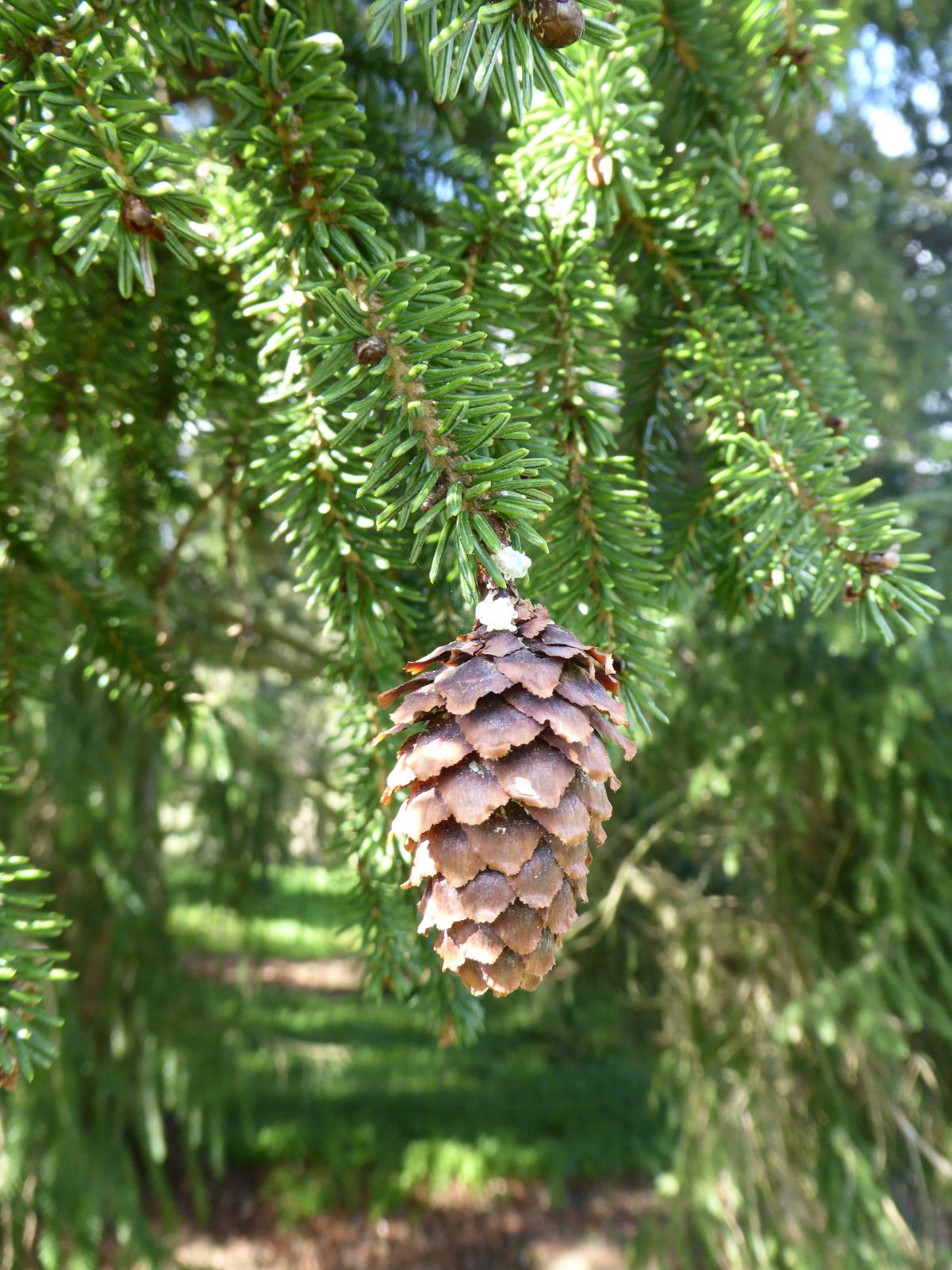Picea likiangensis
Sponsor
Kindly sponsored by
This genus has been sponsored and new text is being prepared.
Credits
Article from Bean's Trees and Shrubs Hardy in the British Isles
Article from New Trees by John Grimshaw & Ross Bayton
Recommended citation
'Picea likiangensis' from the website Trees and Shrubs Online (treesandshrubsonline.
Genus
Synonyms
- Abies likiangensis Franch.
- P. yunnanensis Hort.
Other taxa in genus
- Picea abies
- Picea alcoquiana
- Picea asperata
- Picea brachytyla
- Picea breweriana
- Picea chihuahuana
- Picea crassifolia
- Picea engelmannii
- Picea farreri
- Picea glauca
- Picea glehnii
- Picea jezoensis
- Picea koraiensis
- Picea koyamae
- Picea linzhiensis
- Picea × lutzii
- Picea mariana
- Picea martinezii
- Picea maximowiczii
- Picea meyeri
- Picea morrisonicola
- Picea obovata
- Picea omorika
- Picea orientalis
- Picea polita
- Picea pungens
- Picea retroflexa
- Picea rubens
- Picea schrenkiana
- Picea sitchensis
- Picea smithiana
- Picea spinulosa
- Picea wilsonii
A tree up to 150 ft high in the wild; bark grey or purplish grey, fissured; buds ovoid, resinous; young shoots usually pale brown or yellowish grey, more or less hairy; leaf-pegs unusually long. Leaves four-angled, slightly broader than high in cross-section, 3⁄8 to 5⁄8 in. long, acute and bevelled at the apex, those on the upper side of the shoot pointed forward, the lower leaves more or less pectinately arranged, grey-green or dark green on the exposed side, glaucous or silvery on the ventral side. Cones ovoid, 2 to 21⁄2 in. long, 11⁄2 to 13⁄4 in. wide; cone-scales flexible, the upper part ovate, rounded, wavy, spreading outward after ripening.
P. likiangensis is of wide range in Western China and extends into Tibet; discovered by the French missionary Delavay in the Lichiang range of Yunnan in 1884. Forrest sent seeds from this area in 1910 (F.6746), but the first introduction was by Wilson six years earlier, from W. Szechwan (W.1834), when collecting for Messrs Veitch. Even from a single seed collection P. likiangensis varies considerably in the colour and degree of hairiness of the shoots, colour of the leaves, etc.
Although subject to damage by late frosts when young, this spruce grows well in the British Isles and deserves to be more commonly planted; at present it is rarely seen outside collections. The young cones and male flower-clusters are brilliant red. Some examples are: Wakehurst Place, Sussex, 56 × 51⁄4 ft (1969) and 59 × 5 ft (1968); Warnham Court, Sussex, from W.1834, 69 × 51⁄2 ft (1971); Borde Hill, Sussex, from F.6746, 56 × 51⁄4 ft (1968); National Pinetum, Bedgebury, Kent, pl. 1926, 48 × 61⁄4 ft (1968); Stanage Park, Radnor, pl. 191o, 71 × 6 ft (1970); Edinburgh Botanic Garden, from F.6746, 46 × 43⁄4 ft (1970); Powerscourt, Co. Wicklow, Eire, 68 × 61⁄4 ft (1966).
From the Supplement (Vol. V)
This is portrayed in Bot. Mag., n.s., t.873.
specimens: Wakehurst Place, Sussex, 62 × 51⁄4 ft and 56 × 6 ft (1980); Borde Hill, Sussex, The Tolls, from Forrest 6746, 59 × 43⁄4 ft (1978); National Pinetum, Bedgebury, Kent, pl. 1926, 62 × 7 ft (1981); Hergest Croft, Heref., pl. 1928, 82 × 6 ft (1985); Stanage Park, Powys, pl. 1910, 77 × 61⁄4 ft (1978); Beaufront Castle, Northumb., 69 × 7 ft (1982); Edinburgh Botanic Garden, from Forrest 6746, 62 × 53⁄4 ft and 46 × 5 ft (1985); Powerscourt, Co. Wicklow, Eire, 77 × 53⁄4 ft (1980); Birr Castle, Co. Offaly, Eire, 77 × 53⁄4 ft (1980); Abbeyleix, Co. Laois, Eire, 56 × 51⁄2 ft (1985).
var. balfouriana – The only examples recorded are two at Dawyck, Peebl., both measuring 66 × 4 ft (1982), and one in the Edinburgh Botanic Garden, from W.4080, 56 × 33⁄4 ft (1985).
var. purpurea – specimens: Wakehurst Place, Sussex, 57 × 41⁄4 ft (1980) and 56 × 41⁄2 ft (1974); Borde Hill, Sussex, 60 × 31⁄4 ft (1974); Petworth House, Sussex, 77 × 41⁄2 ft (1983); Vernon Holme, Kent, 60 × 41⁄4 ft (1973); Westonbirt, Glos., pl. 1931, 77 × 41⁄4 ft (1980); Eastnor Castle, Heref., 58 × 43⁄4 ft and 70 × 51⁄2 ft (1984); Headfort, Co. Meath, Eire, 60 × 51⁄4 ft (1980).
From New Trees
Picea likiangensis (Franch.) E. Pritz.
Likiang Spruce
This comparatively familiar species with beautiful young cones was described by Bean (B188, S365) and Krüssmann (K194) and reviewed by Hunt (Hunt 1983), but the taxonomy has since been revised and a number of new names and concepts are in circulation. The status quo is the position of the Flora of China account (Fu et al. 1999c) and Farjon’s World Checklist (2001), both of which accept five varieties within the species (vars. likiangensis, hirtella, linzhiensis, montigena, rubescens), plus the related Picea purpurea Mast. (see Bean and Krüssmann: B118, K195, in both cases as P. likiangensis var. purpurea (Mast.) Dallim. & A.B. Jacks.). In a recent paper, however, Rushforth (2008) has reviewed the P. likiangensis complex and makes some very convincing proposals for rationalising the names and concepts within it, based not only on morphological characters but on his own extensive knowledge of the distribution of the taxa in the Sino-Himalaya. In addition to P. likiangensis subsp. likiangensis and P. purpurea, Rushforth (2008) recognises P. linzhiensis as a full species, while the three other varieties are treated together as subsp. balfouriana. The two classifications differ principally in the interpretation of the status of the taxa involved; we follow Rushforth’s view here as it has advantages to the horticultural community in simplifying the nomenclature of this difficult group, but also clearly represents the desirable biological species concept so often overlooked in herbarium-based studies. A key to the taxa is presented below.
| 1a. | Branchlets with glandular hairs; leaves epistomatic or rarely with one to two incomplete lines of stomata along each abaxial surface; cones (5–)6–9(–12) cm long; Xizang | P. linzhiensis |
| 1b. | Branchlets pubescent; leaves amphistomatic or rarely with stomatal lines absent from abaxial surfaces | 2 |
| 2a. | Branchlets slender, sparsely pubescent; leaves bluish, with four lines of stomata; cones (7–)10–12(–15) cm long; southwest Sichuan, Yunnan (Lijiang range, and adjacent areas) | P. likiangensis subsp. likiangensis |
| 2b. | Branchlets slender or stout, densely pubescent; cones 2.5–9(–10) cm long | 3 |
| 3a. | Branchlets stout; leaves bluish green, with two broad bands of stomata on adaxial side and two narrower bands on abaxial side; cones 4.5–9(–10) cm long; west Sichuan, etc. | P. likiangensis subsp. balfouriana |
| 3b. | Branchlets slender; leaves with dark green shiny abaxial surface lacking or with one to two incomplete stomatal lines; cones 2.5–5.5 cm long; northern Sichuan to southern Gansu | P. purpurea |
P montigena Mast
A little-known species, possibly a hybrid between P. likiangensis and P. asperata; discovered by Wilson in 1903 in W. Szechwan. He may have sent seeds in the same year, and anyway did so in 1910–11, during his second expedition for the Arnold Arboretum (W.4084; this number is wrongly dated 1908 in Pl. Wils.). Some plants distributed under the name P. montigena proved to be a stunted form of P. asperata.subsp. balfouriana (Rehder & E.H. Wilson) Rushforth
Synonyms
P. montigena Mast. (?)
P. balfouriana Rehder & E.H. Wilson
P. likiangensis var. rubescens Rehder & E.H. Wilson
P. likiangensis var. balfouriana (Rehder & E.H. Wilson) Hillier ex Slavin
P. likiangensis var. hirtella (Rehder & E.H. Wilson) W.C. Cheng
P. likiangensis var. montigena (Mast.) W.C. Cheng
Crown narrow, moderately dense. Bark breaking into small, square flakes. Young branchlets densely pubescent and orange- or reddish brown. Leaves grey-green or bluish green, arrangement dense, appressed above the shoot, 0.15–0.2 cm, thick. Cones small (4.5–10 × 3–4 cm), usually purplish brown at maturity but sometimes yellowish brown. Seed scales thin and leathery. Farjon 1990, Fu et al. 1999c. Distribution CHINA: southern Qinghai, western Sichuan, eastern Xizang, northwestern-most Yunnan. Subsp. balfouriana overlaps slightly with subsp. likiangensis in northwestern Yunnan, replacing it at higher altitude. (Rushforth 4100, from 3660 m near Zhongdian, is subsp. balfouriana.) Habitat Subalpine forest between 2700 and 3700 m asl. USDA Hardiness Zone (5–)6. Conservation status The population from southwest Sichuan recognised as var. montigena in China (Fu et al. 1999c, Farjon 2001) is regarded as Endangered, and var. hirtella from southwest Sichuan and southeast Xizang is classed as Vulnerable, but subsp. balfouriana is otherwise Lower Risk. Illustration Farjon 1990, Fu et al. 1999c; NT572. Cross-references B188, K195. Taxonomic note Rushforth (2008) argues convincingly for the lumping into a single entity of the three currently recognised but somewhat indistinct varieties hirtella, montigena and rubescens (as applied by Fu et al. 1999c, Farjon 2001). The cone characters used to separate them are very weak. The rank at which the resulting taxon is treated is a matter of opinion, but has bearing on the name to be applied. At specific level P. montigena Mast. has priority, though there are doubts over the validity of this name as the type specimen may be of hybrid origin (Bean 1976b). As a subspecies the epithet is balfouriana (adopted by Rushforth 1999), while as a variety rubescens has priority.
In its traditional horticultural sense subsp. balfouriana is one of the better-known and more widely grown forms of Picea likiangensis, differing from subsp. likiangensis in several morphological features, including the more hairy shoots and smaller cones, but also the imbricate leaves that droop from the sides of the shoot (rather than pointing upwards and outwards as in subsp. likiangensis). It is also geographically and ecologically distinct (Rushforth 1999). It has persisted in cultivation since its introduction by Ernest Wilson, and it is possible that most trees in arboreta are derived from Wilson’s collections, although in Scandinavian arboreta there are several from Harry Smith introductions, and the two trees at the Hillier Gardens may derive from one of these (K. Rushforth, pers. comm. 2007). There are good trees at Dawyck, 18 and 21 m tall in 1997 (Johnson 2003), grown from Wilson 4080, and this collection number is also represented by a grafted tree of 6 m (since 1980) at Kew. The taxon has been reintroduced from more recent expeditions, including Roy Lancaster’s gathering from the Pa La River valley in western Sichuan in 1987 (Lancaster 908), and the Sichuan Expedition’s SICH 704 from 1991 (a tidy 4 m at Dawyck in 2006). Its horticultural value lies in the pleasing combination of glaucous foliage and red female cones in spring.
Trees have been in cultivation under the name var. hirtella since its discovery by Ernest Wilson in 1908 in western Sichuan (Wilson 2082, 2084). A resultant tree grew at Glasnevin, and a grafted specimen presumed to be from this is at the Hillier Gardens (K. Rushforth, pers. comm. 2007). Specimens grown at Kew from SICH 1126, collected by the Fliegner, Howick, McNamara and Staniforth team at c.2950 m above Muli, Sichuan in 1992, are attributed to this taxon and seem to fit here, with their (variably) pubescent shoots and rather glaucous leaves. They have made rather sparse-looking trees with a distinctly bluish appearance. SICH 645 from 1991 is also attributed to var. hirtella, which is supposed to differ in its yellow-brown cones with denticulate seed scales. The existence of ‘true’ var. montigena in cultivation has long been discussed, and most if not all specimens so-named represent P. asperata (Mitchell 1972, Bean 1976b, Rushforth 2008).
subsp. likiangensis
Crown broad, often open. Young branchlets thinly pubescent and pale pinkish brown. Leaves glaucous blue-green or silvery blue, 0.15–0.2 cm, thick. Cones large, 7–15 × 4–5.5 cm, usually purplish brown at maturity but sometimes yellowish brown. Seed scales thin and flexible. Mitchell 1972, Farjon 1990, Fu et al. 1999c. Distribution CHINA: Sichuan (southwest), Yunnan (Lijiang range). Habitat Montane forest. USDA Hardiness Zone 8. Conservation status Lower Risk. Illustration Farjon 1990, Fu et al. 1999c. Cross-references B188, K195.
Picea likiangensis subsp. likiangensis is well established in cultivation, principally from early-twentieth century introductions, although more recent gatherings have been made. Literature references to unspecified ‘P. likiangensis’, and trees so labelled, are usually referable here. It is less hardy than subsp. balfouriana, however, and is unlikely to be found in areas with hard winters.
var. balfouriana (Rehd. & Wils.) E. H. Hillier
Synonyms
P. balfouriana Rehd. & Wils
This variety was described, as a species, from specimens collected by Wilson west of Tatsien-lu (Kangting) in 1910, during his second expedition for the Arnold Arboretum, but was not recognised as even varietally distinct from the type by A. B. Jackson. A. F. Mitchell has noted that the cultivated trees are really nearer to var. purpurea than to the type. These may be from W.4065, collected in the Pan-lan-shan, of which Rehder and Wilson remarked: ‘In general appearance this number suggests P. purpurea.’ There are trees in a few collections.
var. purpurea (Mast.) Dall. & Jacks.
Synonyms
Picea purpurea Mast
Bark divided into rather thin, scaly plates; shoots very densely clad with long hairs. Leaves shorter than in the type, about {1/2} in. long, dark green on the exposed side, more closely appressed to the shoot. Cones mostly smaller, about 2 in. long (but occasionally up to 3 in.), violet-purple when young. Native of Kansu and N.W. Szechwan; discovered by Wilson in 1903 and introduced by him in 1910–11 from near Sungpan; it was reintroduced by Joseph Rock from Kansu. Some examples are: Wakehurst Place, Sussex, 70 × 3{1/4} and 56 × 4{1/2} ft (1974); Borde Hill, Sussex, Pinetum, 60 × 3{1/4} ft (1974); Vernon Holme, Kent, 60 × 4{1/4} ft (1973); Westonbirt, Glos., pl. 1931, 62 × 3{1/2} ft (1969).

